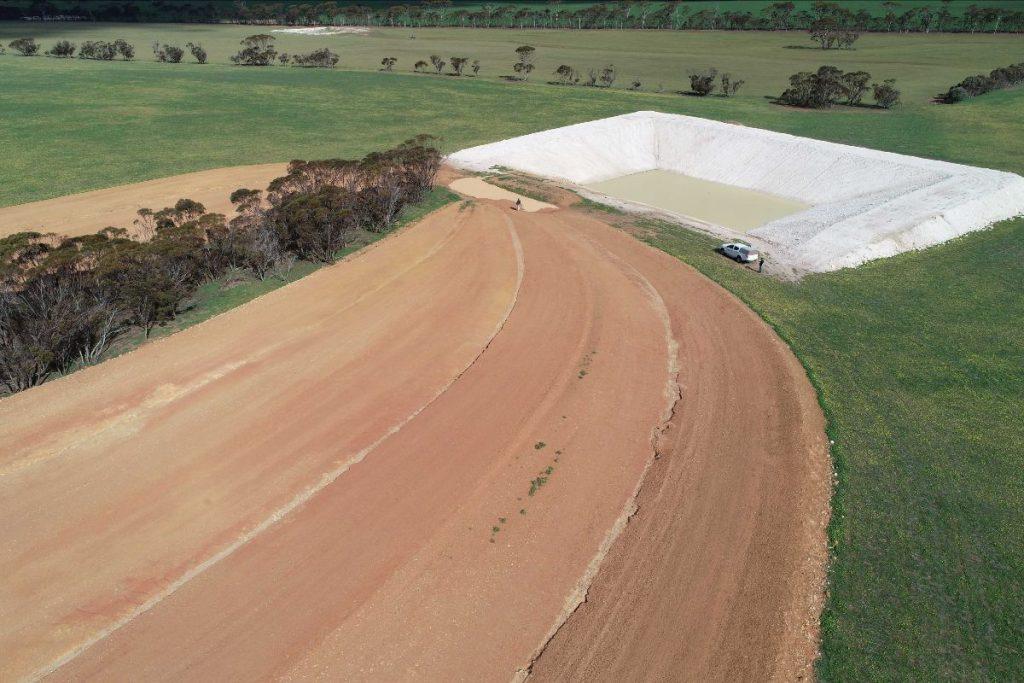
Researchers and farmers are set to join forces to find ways of drought-proofing Western Australia’s 200,000 Wheatbelt dams – to help meet the needs of modern farming enterprises.
“The Grower Group Alliance (GGA), which will lead ‘WaterSmart Dams – Making dams work again’, welcomes the $3 million in funding announced from the Australian Government’s Future Drought Fund (FDF) Drought Resilience Innovation Grant program,” GGA chief executive officer Rikki Foss said.
“This exciting project addresses WA farmers’ critical need for water reliability. Although above-average rainfall was received in 2021, an overall trend of declining rainfall, and reduced and less reliable water run-off, have caused many local dams to dry out in recent years.”
WaterSmart Dams also involves grower groups Compass Agricultural Alliance, Southern Dirt, Merredin and Districts Farm Improvement Group and the Fitzgerald Biosphere Group, and researchers from The University of Western Australia (UWA) and the Department of Primary Industries and Regional Development (DPIRD).
The State Government is contributing $1 million, with in-kind contributions coming from partners, plus support from the South-West WA Drought Resilience Adoption and Innovation Hub (SW WA Hub), which is led by the GGA and funded by the FDF.
WaterSmart Dams builds on the existing WaterSmart Farms program – a collaborative DPIRD-designed program researching sustainable groundwater supply options using on-farm desalinisation technology.
The new three-year WaterSmart Dams project will investigate solutions including renovating existing dams, building new dams, and implementing evaporation suppression and runoff technologies.
SW WA Hub Acting Director Mark Holland said the work would be of interest to every farmer who had a dam and would involve 12 core demonstration sites, building farm-based water planning tools, plus workshops, field days and industry training.
“This is a highly collaborative project involving an excellent team, and aligns with the SW WA Hub’s purpose of improving the drought resilience of farmers and their communities,” Mr Holland said.
UWA Associate Professor Nik Callow said UWA welcomed the opportunity to partner with the GGA, grower groups and DPIRD, and to undertake work that would significantly benefit WA farmers.
“Knowledge and water planning tools are demanded by farmers who need their dams to work in all years, and they need to be able to make water investment decisions with confidence,” he said.
DPIRD Senior Principal Research Scientist Richard George said Wheatbelt producers had reported 25 to 100 per cent of their dams had failed from 2018 to 2020, impacting cropping and livestock operations and forcing the export of two million sheep from the region.
“Most dams were built to meet the needs of previous farming systems and smaller enterprises, and are based on rainfall and temperatures from decades past,” Dr George said.
“Modern farms require more reliable, higher quality and larger volumes of water – to service the needs of bigger, more complex cropping and livestock systems – and this project will help bridge that divide.”
Dam Technology Gallery
Demonstration Sites
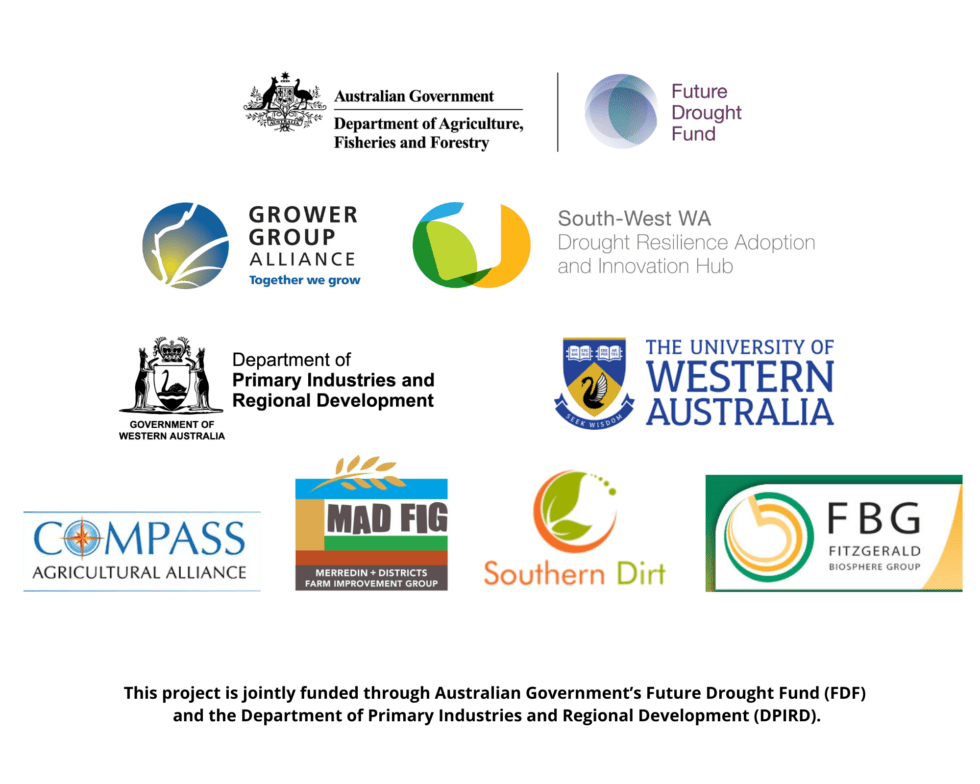


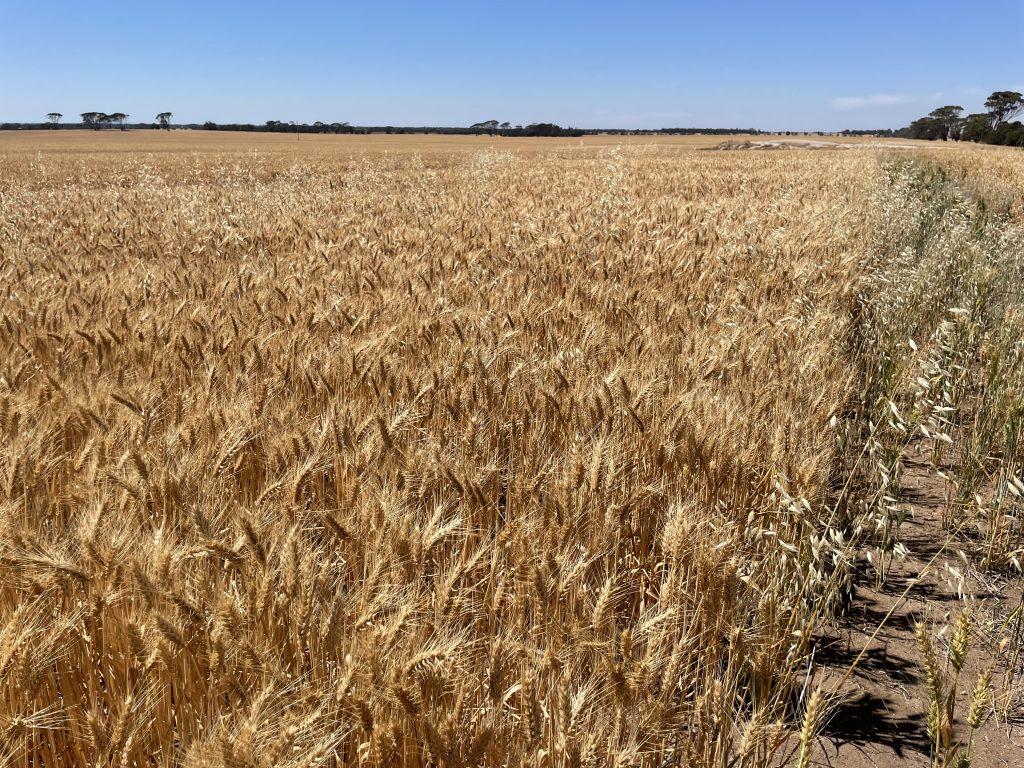
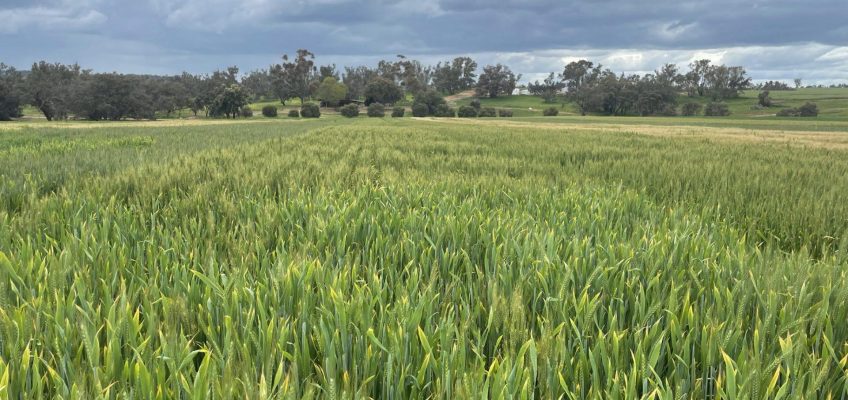
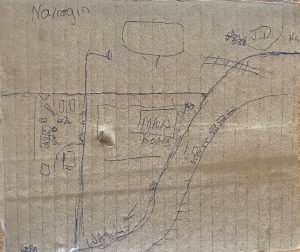

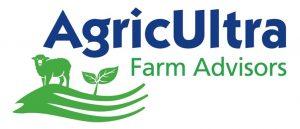 Do you know how well your sheep enterprise is performing? If you’re doing well, but others are doing better, what is it that’s setting them apart? Benchmarking offers you a chance to understand where your baseline performance currently is, compare your results to others, then monitor progress over time, also judging whether you’re improving at the same rate as comparable peers.
Do you know how well your sheep enterprise is performing? If you’re doing well, but others are doing better, what is it that’s setting them apart? Benchmarking offers you a chance to understand where your baseline performance currently is, compare your results to others, then monitor progress over time, also judging whether you’re improving at the same rate as comparable peers.